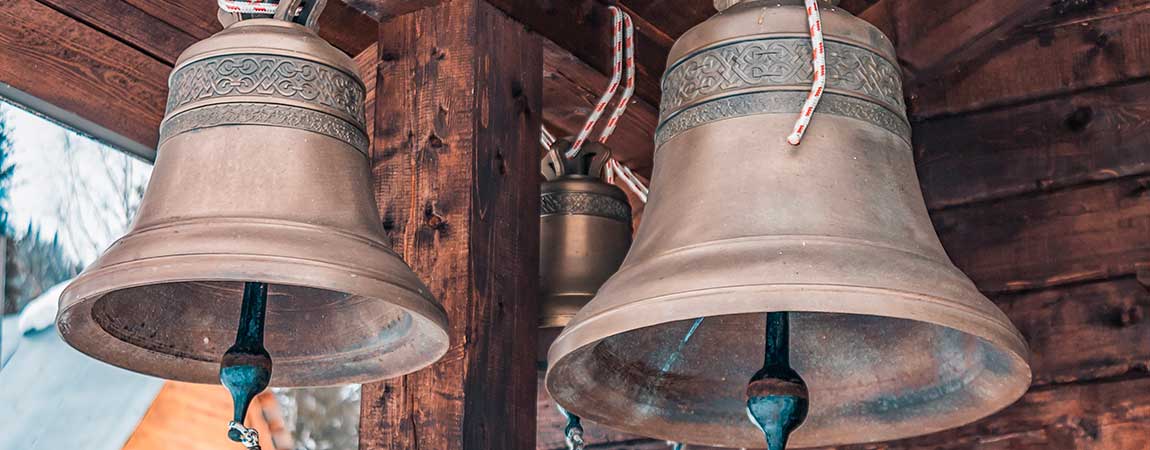
In the municipality of Tortorici, in the province of Messina, there are many locations that are worth visiting, including the ancient Trusso bell foundry.
An important place from a social point of view for the development of the territory that it has become today museum named after Professor Rosario Parasiliti who is among the most important and well-known scholars of the history of Tortorici.
The ancient bell foundry in Tortorici
In the Tortorici area there are places that tell of many events that concerned the social and economic development of the area such as L'old bell foundry known as Trusso bell foundry. Today it is a real museum named after the professor Rosario Parasiliti who, in addition to having recently passed away, is also one of the most important Sicilian scholars who, among other things, has dealt with the history of the community. The peculiarity of this one foundry is above all to be among oldest remaining in Sicily, built in the last decade of the 4th century. It has an extremely compact structure made of masonry with a surface area of approximately 3xXNUMX metres. The plant of the whole foundry had been foreseen in order to obtain bells that had a truncated cone shape and an almost elliptical base. By visiting this location you can discover ancient techniques for making important artefacts even though there were no instruments like today's ones.
The various parts of the Trusso foundry
La Trusso Bells Foundry in Tortorici it is divided into various parts which allow the visitor to discover this ancient art and also to appreciate some information on the social and economic development which has characterized this part of Sicily.
First there is one combustion chamber with a semicircle-shaped base and a slightly flattened vault with relative diffusion chamber which instead has a hemispherical shape, also with a flattened vault. These two chambers are divided by a thin brick wall and communicate through a triangular orifice with a base of about 60 cm.
On the opposite side of the function room, another very important structure for the activity was created, namely the breather and colander which allowed the molten metal to be brought into the cavity to take shape. These cavities were made partly in clay, but also in terracotta or stone and are present on the outside of the building. The mechanism was very simple and allowed the molten metal to flow towards these shapes to complete the amalgam. Among other things, this very ingenious system also allowed any waste to be eliminated.
Some characteristics of the ancient Foundry
The Foundry is unique among all those remaining in Sicily because it has elements that distinguish it such as for example the construction made exclusively of clay bricks fired in a furnace. These bricks were usually walled together with the use of red clay prepared with great skill without the presence of impurities and slags of various kinds which could affect the solidity and resistance over time.
It should be emphasized that when the bells were made, they were practically buried and were present under the base circumference of this structure, thus receiving the molten metal through the various channels that had been made and which in jargon were defined as the king's sleeves that made up the crown of each bell.
Near the structure there are all the tools once used to complete the construction of the bells or perhaps to finish the job. Still today there is an ancient bell in the garden built way back in 1676 while others even more ancient, i.e. dating back to 1498 and today can be viewed at the ethno-anthropological museum.









